Baseline for Differential Scanning Calorimetry (DSC) Data
In the case of DSC data, Prepare Data includes also the possibility to define an interpolated baseline that is subtracted from the data:
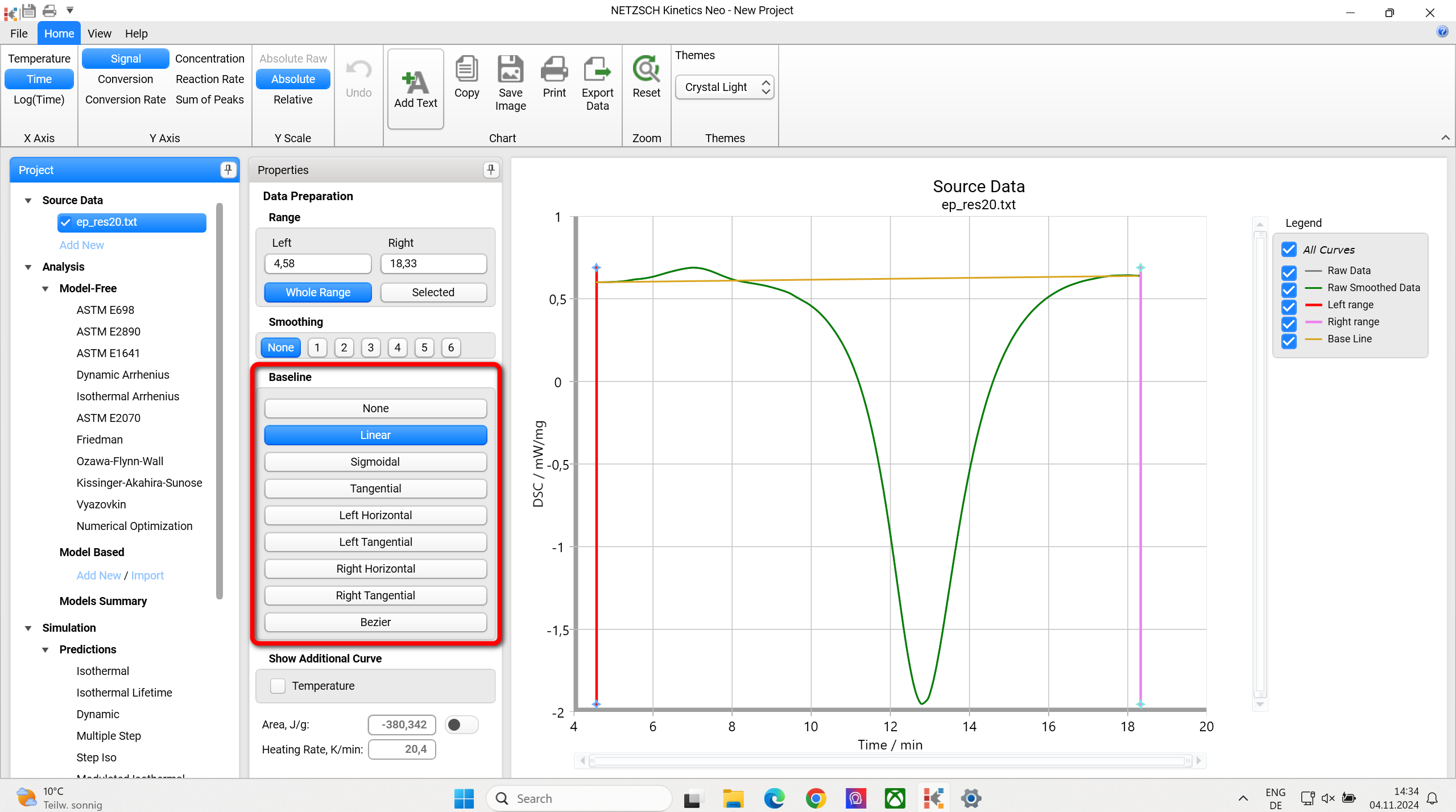
There are nine possibilities:
Baseline: None
None means that no baseline is applied.
Baseline: Linear
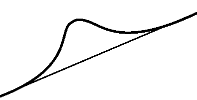
The baseline is a line through the two points defined by the cursors. Typical application: Reactions with a constant slope of the specific heat.
Baseline: Sigmoidal (horizontal area-proportional baseline)

At the left and right cursors, the baseline matches horizontally with the experimental data. Between the cursors, the interpolation is proportional to the integral (area) of the measured data. Typical application: Reactions with change in specific heat during the reaction.
Baseline: Tangential (tangential area-proportional baseline)
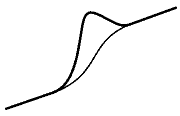
At the left and right cursors, the baseline matches tangentially with the experimental data. Between the cursors, the interpolation is proportional to the integral (area) of the measured data. Typical application: Reactions with change in specific heat before, during and after the reaction.
Baseline: Left Horizontal

The baseline is a horizontal line starting from the point at the left cursor. Typical application: The end of the reaction is not well defined / the reaction has not finished.
Baseline: Left Tangential
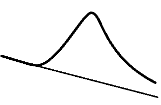
The baseline is a tangential line defined around the point at the left cursor. Typical application: Reactions with change in specific heat before the reaction, the end of the reaction is not well defined / the reaction has not finished.
Baseline: Right Horizontal
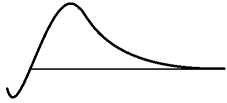
The baseline is a horizontal line ending at the point at the right cursor. Typical application: The beginning of the reaction is not well defined/the reaction has already started.
Baseline: Right Tangential
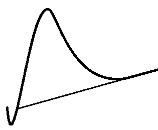
The baseline is a tangential line defined around the point at the right cursor. Typical application: Reactions with change in specific heat after the reaction, the beginning of the reaction is not well defined / the reaction has already started.
Baseline: Bezier

At the left and right cursors, the baseline matches tangentially with the experimental data. Between the cursors, the interpolation is calculated according to the known standard Bezier algorithm – independent of the shape of the experimental data. Typical application: Reactions with change in specific heat before, during and after the reaction, where these changes are independent of the reaction (example: melting effect during evaporation).